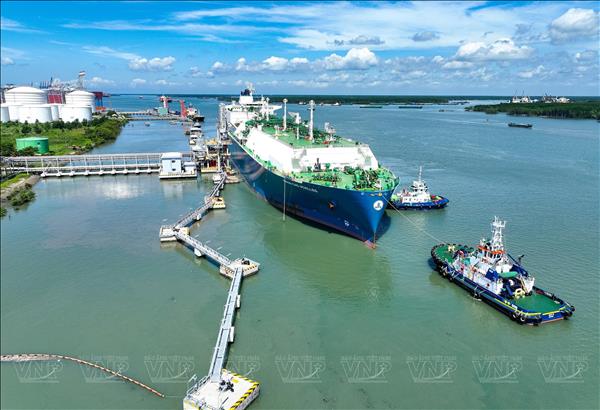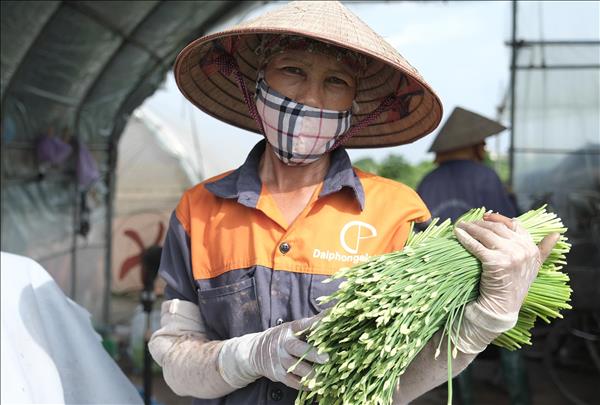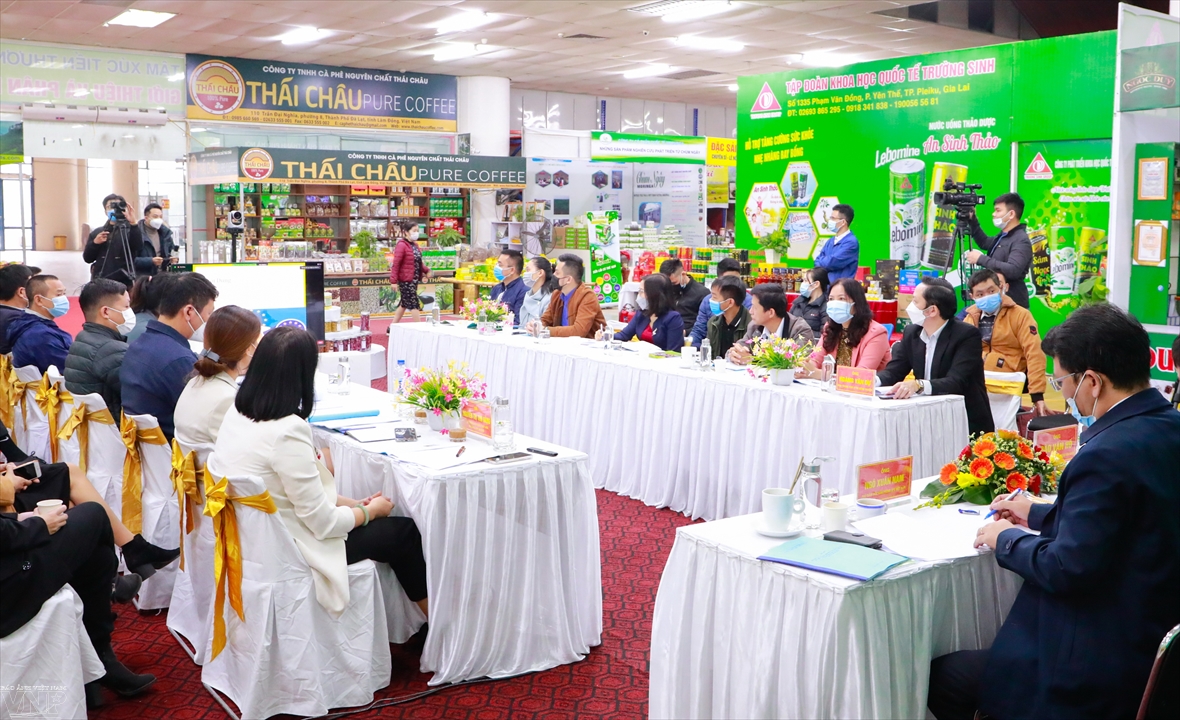In the first 10 months of 2020, Vietnam Oil and Gas Group (PetroVietnam) maintained its production and business pace within the context that many petroleum businesses all over the world are struggling due to a "double crisis" caused by a prolonged COVID-19 pandemic and low oil prices.
The big picture of the world's oil and gas industry has become bleaker since the beginning of 2020. The COVID-19 crisis made oil prices plummet. The UK's BP oil group predicted that the oil market would suffer a downturn in a long period of time and it no longer wanted to be an "oil corporation" anymore, choosing to sell its $20 billion assets, especially in exploration. Saudi Aramco, Saudi Arabia’s oil giant, lost 50% of their profits in the first half of 2020. ExxonMobil – America’s leading oil and gas company – was taken off the Dow Jones Industrial Average index and faced a $48 billion budget deficit in 2021.
According to the International Energy Agency (IEA), investment in the oil and gas industry in 2020 decreased by 30% to $328.4 billion. Per the IEA, oil and gas companies had to cut down their investment in the current situation of declined revenue.
From the beginning of the year, there has been no bright assessment for the world’s oil and gas industry, even from the most optimistic economic experts or think-tanks. In the middle of September 2020, COVID-19 showed no signs of going away, the global economy had degraded and stagnated; businesses, especially those in the global supply chain, suffered greatly. PetroVietnam as an internationally integrated business, was no exception with its whole system totally affected.
The first eight months of 2020 passed amid complicated developments of the pandemic and almost all business activities in all fields of PetroVietnam were adversely impacted. The group still maintained its main production and business, surpassing its plan by 8.2%, gaining profits, contributing nearly 45,000 billion dong to the state budget, and ensuring the supply of strategic goods for the economy.
These dry figures look really impressive against the background of the global oil and gas industry whose market was under pressure due to the decreasing demand and increasing supply.
The big picture of the world's oil and gas industry has become bleaker since the beginning of 2020. The COVID-19 crisis made oil prices plummet. The UK's BP oil group predicted that the oil market would suffer a downturn in a long period of time and it no longer wanted to be an "oil corporation" anymore, choosing to sell its $20 billion assets, especially in exploration. Saudi Aramco, Saudi Arabia’s oil giant, lost 50% of their profits in the first half of 2020. ExxonMobil – America’s leading oil and gas company – was taken off the Dow Jones Industrial Average index and faced a $48 billion budget deficit in 2021.
According to the International Energy Agency (IEA), investment in the oil and gas industry in 2020 decreased by 30% to $328.4 billion. Per the IEA, oil and gas companies had to cut down their investment in the current situation of declined revenue.
From the beginning of the year, there has been no bright assessment for the world’s oil and gas industry, even from the most optimistic economic experts or think-tanks. In the middle of September 2020, COVID-19 showed no signs of going away, the global economy had degraded and stagnated; businesses, especially those in the global supply chain, suffered greatly. PetroVietnam as an internationally integrated business, was no exception with its whole system totally affected.
The first eight months of 2020 passed amid complicated developments of the pandemic and almost all business activities in all fields of PetroVietnam were adversely impacted. The group still maintained its main production and business, surpassing its plan by 8.2%, gaining profits, contributing nearly 45,000 billion dong to the state budget, and ensuring the supply of strategic goods for the economy.
These dry figures look really impressive against the background of the global oil and gas industry whose market was under pressure due to the decreasing demand and increasing supply.
 On the afternoon of May 21, 2020, at the Government Headquarters, Prime Minister Nguyen Xuan Phuc chaired a meeting of the Standing Committee to discuss measures to solve difficulties for the Vietnam National Oil and Gas Group (PVN) and Vietnam Airlines caused by the COVID-19 epidemic. Photo: Thong Nhat/VNA 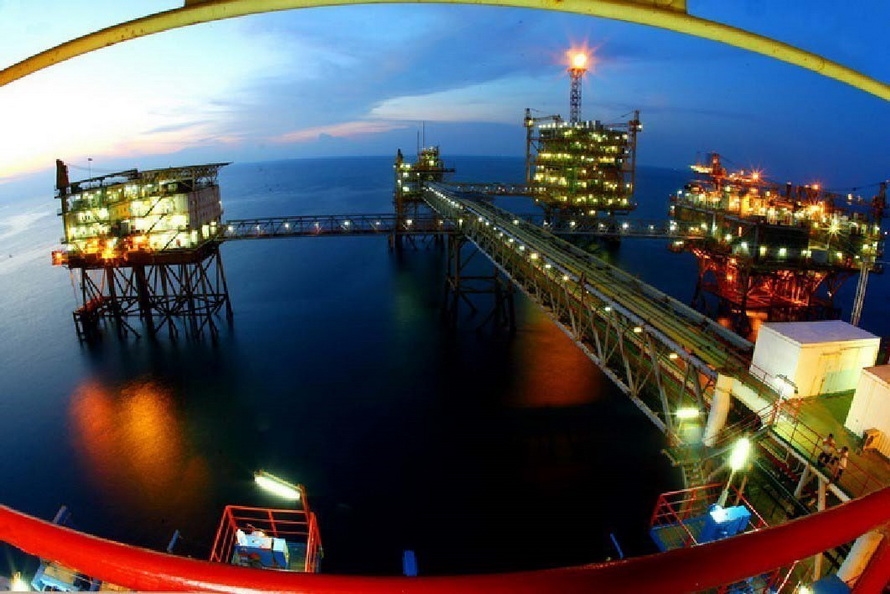 Bach Ho field's oil rig is a symbol of the industrialization and modernization of the country for over nearly 35 years of Doi moi, in which the oil and gas industry is a key economic sector. Photo: Huy Hung/VNA  Vietnam-Russia Oil and Gas Joint Venture - Vietsovpetro (Vietnam Oil and Gas Group) has successfully built the base of the BK-21 rig at Bach Ho field. The BK-21 rig is an uninhabited wellhead rig built in Bach Ho field, located near fixed rigs MSP6, MSP7. Products from the BK21 rig will be transported through the MSP6 rig using underground pipes. The BK-21 rig receives compressed air (Gaslift) and drilling fluid from the MSP7 rig and is supplied with electricity from the MSP6 rig. Photo: Huy Hung/VNA 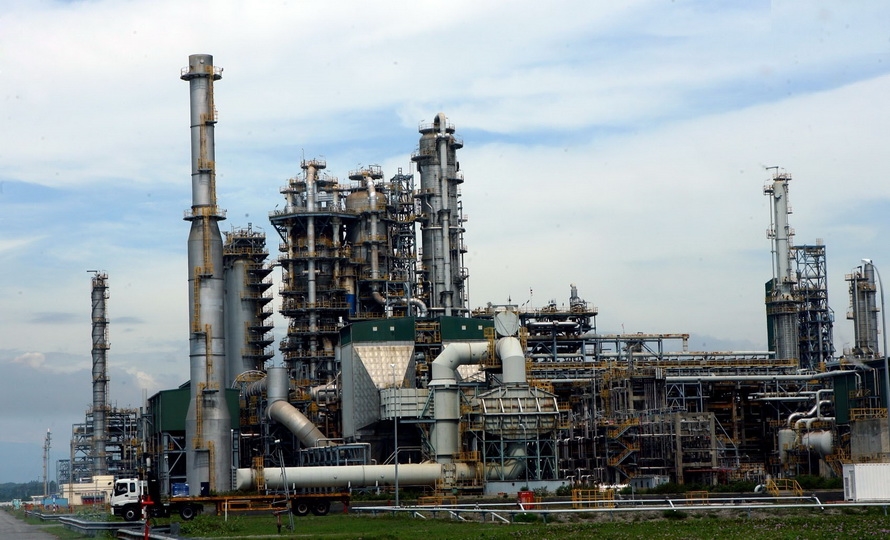 Binh Son Refining and Petrochemical Joint Stock Company (BSR) belonging to Vietnam Oil and Gas Group has its 2020's key task as reaching 28 million hours of occupational safety. Photo: Huy Hung/VNA 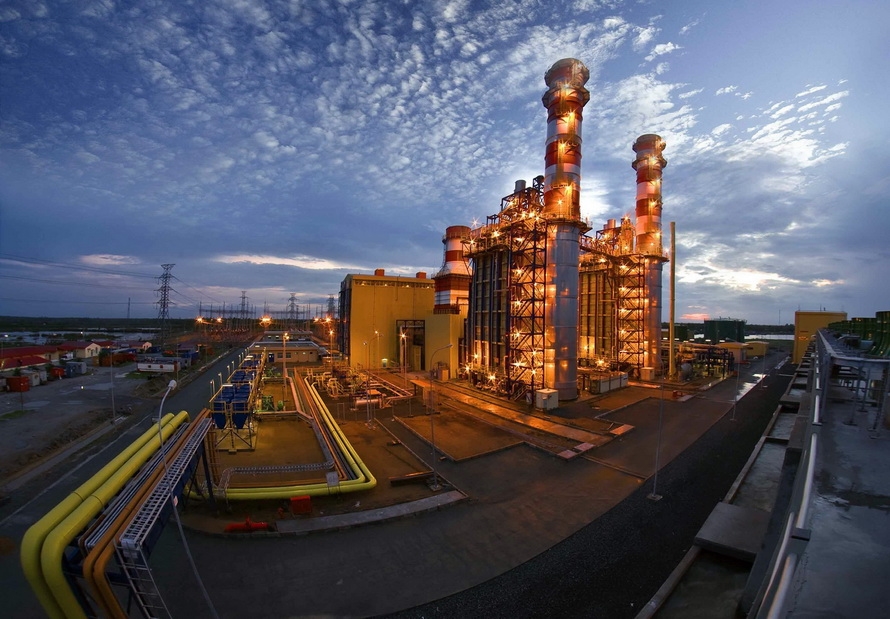 PetroVietnam Power Corporation (PV Power) under the Vietnam Oil and Gas Group produced and contributed 200 billion kWh of electricity to the national electricity system on April 6, 2020. In the photo: Ca Mau power plant in U Minh district (Ca Mau). Photo: VNA 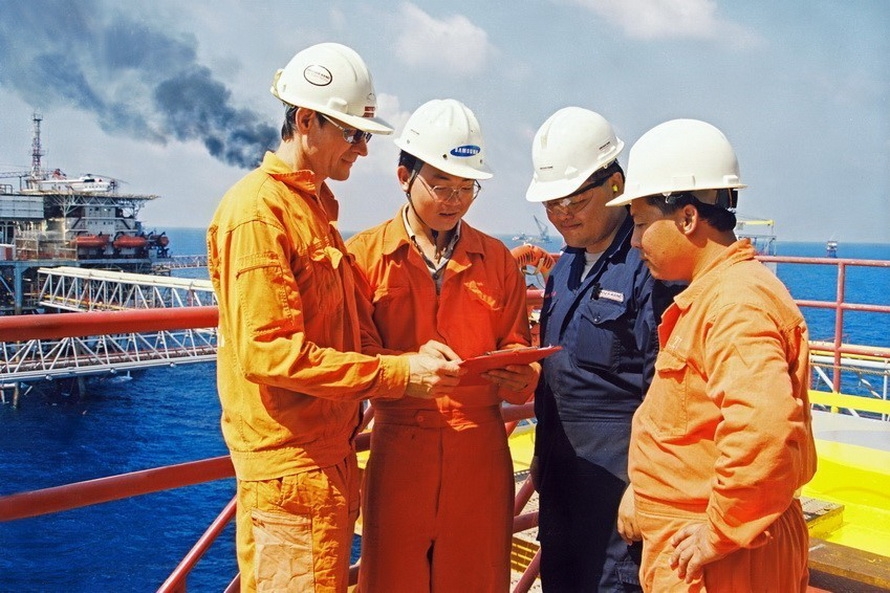 Russian and Vietnamese officials and experts on the oil and gas rig offshore of Vung Tau. Photo: VNA 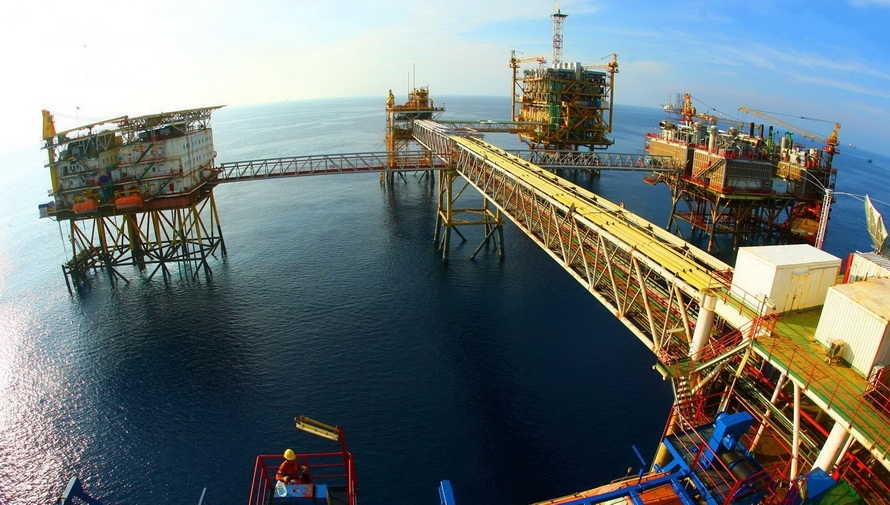 Central technology rig No. 2 in Bach Ho field belongs to a Vietnam - Russia Joint Venture (Vietsovpetro). Photo: Huy Hung/VNA 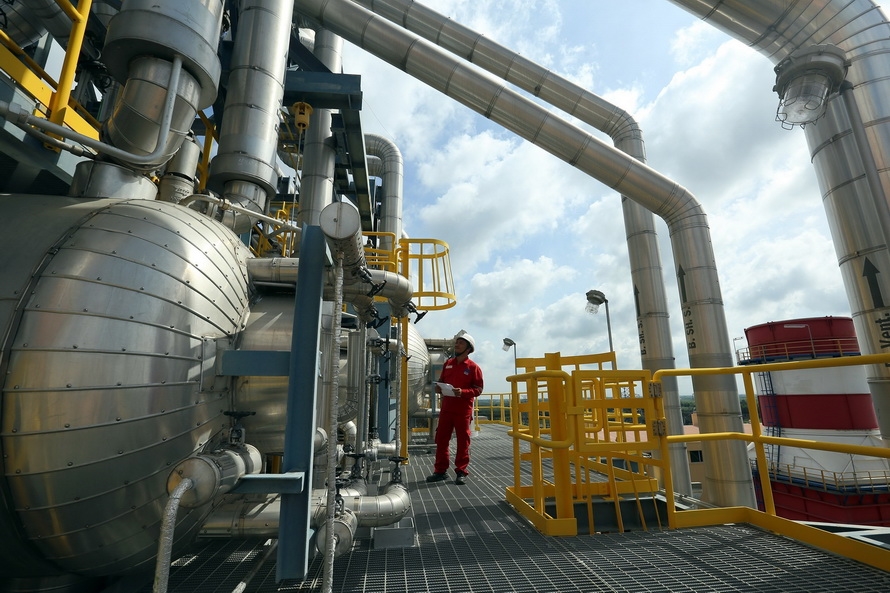 After more than 8 years of operation (since October 2011), Nhon Trach 2 Power Plant, belonging to Nhon Trach 2 Petroleum Power Joint Stock Company (Dong Nai) has reached the output level of more than 40 billion kWh of electricity. In the photo: Nhon Trach 1 and 2 power plants in Nhon Trach district (Dong Nai). Photo: VNA 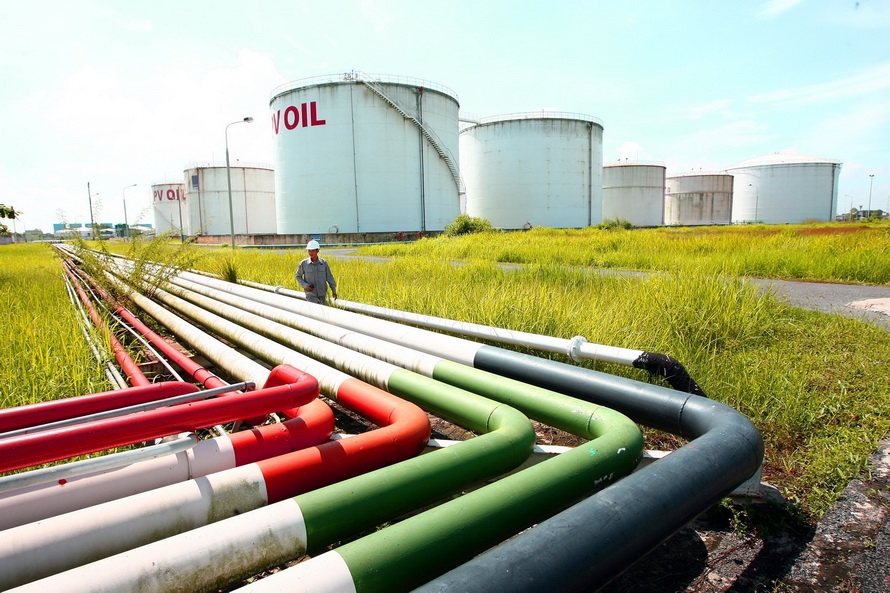 PetroVietnam Oil Corporation (PVOIL), a subsidiary of Vietnam Oil and Gas Group, develops a business plan with a revenue equivalent of 65% of what was achieved in 2019; after tax profit equals 108% of that in 2019. The 2020 plan was built based on the average oild price of $60/barrel, with the impacts of COVID-19 pandemic and decreasing oil prices not accounted for. Photo: Huy Hung/VNA |
PetroVietnam has undergone several difficult periods in its history, including "dark" phrases, but this time is considered the most difficult by many experts and managers. However, PetroVietnam has stood bold so far. As a pillar enterprise of the economy with high expectations of the Party, government and the people, taking charge of several responsibilities, PetroVietnam and oil and gas industry workers have been tested through hardship and risks, strengthening themselves to step by step overcome difficulties and fulfil their duties.
Efforts to overcome difficulties are often illustrated as ships sailing through waves.
In addition to endurance and experience in coping with unfavorable winds and waves, the captain and crew of the ship must also have a strategy and capability to overcome the storm. Bending with the wind, adjusting direction and changing speed are actions that need to be done in a timely manner.
If you consider Petrovietnam a ship, it will not be difficul to see on board a team with bravery during the recent stormy journey.
Striving to create and maintain team cohesion and vitality of the group with modern approaches, updated skills, and advanced experience, the managing board has identified the situation, defined the problems they are facing, shared knowledge and experiences with each other, warned each other about risks and motivated each other to overcome challenges and thereby have built reliable cooperation, harmonious coordination, and unanimous teamwork for the stability and development of PetroVietnam.
It is likely that the targets of the 2020 plan will be fulfilled as expected by PetroVietnam in the remaining months of the year because the operating scenario and solution packages have been carefully prepared, carefully quantified, and in line with available resources to respond to the "double crisis".
Among the 8 groups of solutions prepared by PetroVietnam, it is worth noting that two groups of solutions are being implemented proactively and drastically. These will improve the quality of corporate governance, promoting decentralization and devolution, reviewing the document system and internal management regulations, implementing digitization, reviewing and improving risk management; promoting technological solutions to reduce costs, improve productivity, consider reducing/stopping payment extension, delaying the implementation of non-urgent production and business in order to reduce costs to optimum levels.
At the meeting with PetroVietnam on September 10, Member of the Politburo and First Deputy Prime Minister Truong Hoa Binh emphasized that PetroVietnam had the mission of "contributing to national energy security, being an economic leader in building and developing a strong Vietnam.” PetroVietnam is among the economic pillars of the country, acting as a macroeconomic regulation tool of the government, contributing greatly to the state budget. PetroVietnam is proud to have a great domestic and international brand name, possessing a science and technology capability similar to that in developed countries, enjoying its large scale and competitiveness, and mastering oil and gas activities at home and abroad.
Recognizing that the company has overcome many difficulties and achieved great results in production and business activities, the First Deputy Prime Minister highly appreciated the achievements and results achieved by the PetroVietnam leaders and employees and affirmed that the economic growth target of 2020 has achieved with great contributions from state-owned economic groups, including important contributions of PetroVietnam.
Story: Yen Ninh Photos: VNA

